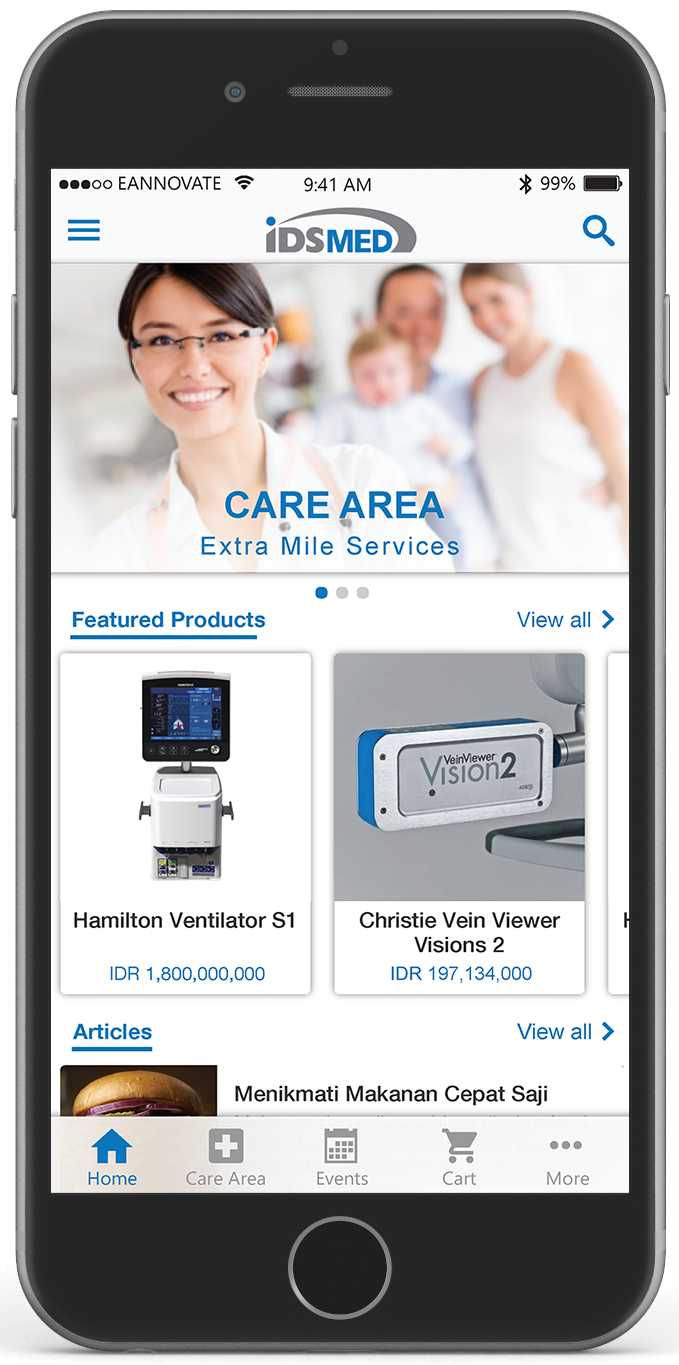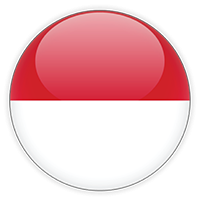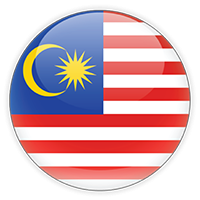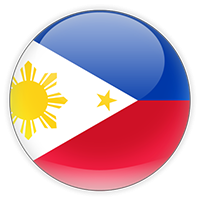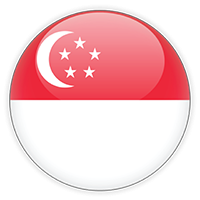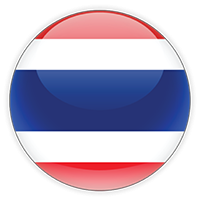An essential nutrient is a nutrient that the body cannot synthesize on its own – or not to an adequate amount – and must be provided by the diet. These nutrients are necessary for the body to function properly. The six essential nutrients include carbohydrates, protein, fat, vitamins, minerals and water.
Being well-nourished and hydrated contributes significantly to someone’s overall physical and mental wellbeing. However, the risk of malnutrition and dehydration only increases as we get older, as do the consequences, so it’s an important topic in social care.
When nutrition and hydration issues are identified early, we can tailor care and treatment to respond to each patient’s biological and medical needs, abilities, and their lifestyle and cultural preferences. In addition to following health service specific policy and procedures, the following actions can help identify patients who have or are at risk of problems.
Screening for malnutrition and the risk of malnutrition should be carried out by healthcare professionals with appropriate skills and training. Use a validated screening tool, such as:
- The Malnutrition Screening Tool (MST)
This simple three-step tool assesses recent weight and appetite loss and is the most widely used nutritional screening tool in Australian hospitals. It can be used by staff, family or friends. It asks two questions, gives a score to indicate risk of malnutrition, and recommends steps for follow-up.
- The Mini Nutrition Assessment (MNA)
This assessment was developed for people over 65 years. It explores 18 items relating to the patient’s medical, lifestyle, dietary, anthropometrical and psychosocial factors. The score indicates patients at risk of or suffering from malnutrition.
- The Mini Nutrition Assessment Short Form (MNA-SF)
This shorter version of the MNA includes a ‘two step nutrition screen’ that identifies patients with under-nutrition and patients who should be referred to a dietitian for further assessment. This form is useful for patients who are not suspected to be at risk of malnutrition.
- The Malnutrition Universal Screening Tool (MUST)
This five-step screening tool is simple to use and can be used by all care workers. It focuses on Body Mass Index (BMI), unexplained weight loss and acute illness effect and can also be used to detect obesity. This tool provides management guidelines to assist with developing a care plan.
To gauge an older patient’s nutritional health, assessment should include the following issues:
- Weight and height
Calculating the patient’s BMI provides a baseline to monitor their weight throughout their stay. A BMI of around 27.5 generally indicates better outcomes for older people.
- Vitamin deficiencies
The following are signs of vitamin deficiencies: dry lips and dry scaly skin can indicate poor hydration and nutrient deficiency; swollen, bleeding gums or a sore red swollen tongue (glossitis) can indicate vitamin C and or Vitamin B deficiency or gum disease; pale skin, breathlessness on exertion, fatigue and dizziness can indicate iron deficiency; pressure injuries are common in older people with poor nutrition and can indicate a need to promptly increase vitamin C and protein; regular respiratory infections, such as colds, flu or COPD can indicate a compromised immune system and nutrient deficiencies.
It is important for individuals with special dietary requirements to follow special diets because they may include therapeutic diets for an illness or condition (food allergy, diabetes, eating, drinking or swallowing difficulty) or may include those that may prevent/limit/promote/meet one or more of the following (Aspiration/choking, Appetite, underweight or overweight, personal choice and control (vegan and vegetarian or cultural and religious choices).
Carers have a vital role in supporting older, more dependent, individuals to maintain healthy hydration levels. They can do this by ensuring that fluids are freely available and physically accessible both day and night as well as with meals. They should be aware of the individual’s need for fluid and encourage them to drink. Many types of foods contain a substantial amount of water. If an older person finds it difficult to increase the amount of fluid drunk, it may be possible to help maintain adequate hydration levels by increasing the amount of moisture consumed in foods, such as fruit and vegetables which are about 80-90 per cent water.
References:





